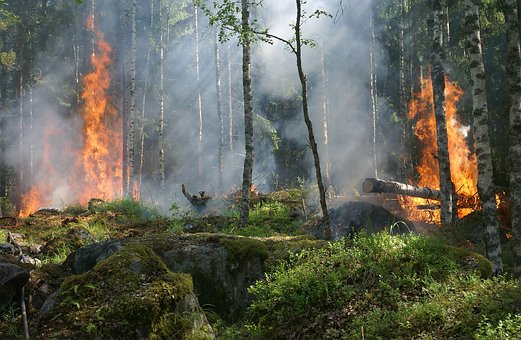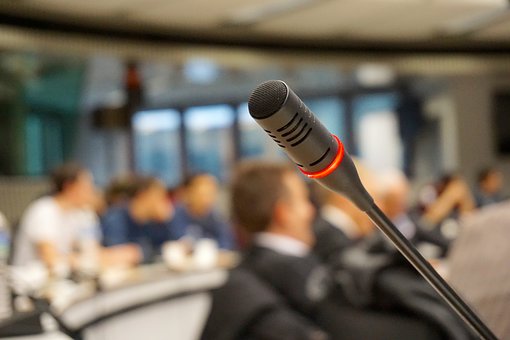 Two truths and a lie is a nice quick activity easily incorporated into the math classroom and it can be used in several different ways.
Two truths and a lie is a nice quick activity easily incorporated into the math classroom and it can be used in several different ways. Two truths and a lie is where you create two true statements and one false. Students need to identify the false statement.
The two truths and a lie can be used by themselves or with some sort of illustration like a picture, photo, or infographic. As long as two of the statements are true and one false you are fine.
This activity could be used as a warm up to get students into the mathematical mindset. Here is an example.
 1. This line graph indicates mostly growth.
1. This line graph indicates mostly growth.2. All the points are equally spaced apart.
3. Temperatures on one-third of the days dropped.
Which statement is the lie and justify your answer.
If you have students justify their answer it helps improve communication skills and could possibly lead to a classroom discussion among the students as they justify their answers.
Another way to use this is to put something up so each student can create their own two truths and a lie based on that picture, problem, or diagram. Once everyone is done, have them post their two truths and a lie on the wall to share with others. This can be taken a step further by labeling each entry with letters before having students choose the lie for every product. Once everyone has made a choice for each product, the students can share their answers with the others.
Instead of doing the two truths and a lie, prepare an equal number of truths and lies to post around the room. Let students look at each statement before deciding if the statement is true or false and they should include justification for their answers. Suggestions include things like "When you multiply two odd numbers you will always get an odd number." which is not correct.
This activity can be used with mathematical vocabulary so that there are two true statements and one lie for each word. Students have to identify which one is the lie and justify their answer. An example might be:
Product
1. It is the result of two numbers being multiplied together.
2. It is always larger than the two numbers multiplied.
3. If you multiply two odd numbers, the product is always even.
There are so many ways to use this activity in class that you are restricted only by your imagination. Let me know what you think, I'd love to hear. Sorry about skipping yesterday but I spent most of the whole day, catching up on sleep. I should be back to normal. Have a great day.





























